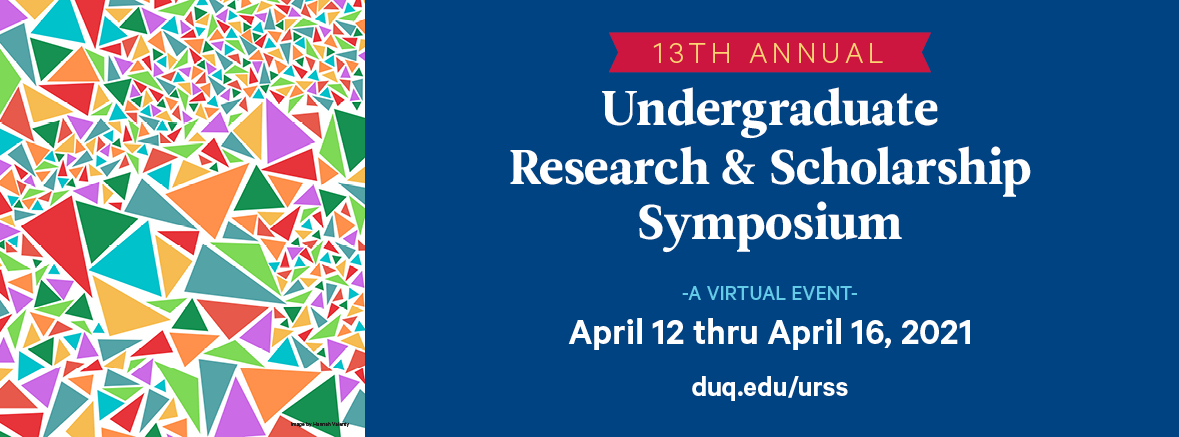Presenter Information
Clare Flanagan, Department of Biomedical Engineering; Kimberly Forsten-Williams, Ph.D, Department of Biomedical Engineering
Abstract
Tissue engineering is a focus area in biomedical engineering with the potential to revolutionize clinical medicine. Removal of cells from existing tissues including plants has emerged as one possible vehicle for the development of new tissues. This project investigates the optimal conditions under which spinach leaves are decellularized using physical (freezing) and chemical treatment (10% Sodium dodecyl-sulfate (10% SDS)). This was done as part of an outreach initiative to create a multilayered scientific protocol accessible to elementary school children to introduce them to tissue engineering. Several variables were tested to determine the ideal conditions that result in optimal decellularization of the leaf, including fresh versus frozen leaves, length of time, kale versus spinach, and several combinations of these. Each experiment compared two petri dishes with one leaf each, one submerged in deionized water and the other submerged in 10% SDS. The best results occur when spinach leaves are frozen for one week, then submerged in 10% SDS for one additional week. This optimization was determined by comparing the color of the spinach from the beginning to the end of the experiment, evidenced by a stark change in color from green to translucent. We conclude that the decellularization experiments culminate in a simple but effective protocol, which includes scientific concepts interwoven with the experiment, and is accessible to elementary school children. The outreach component of the project is accomplished with a virtual presentation accompanied by individual lab kits sent to schools to accommodate a remote teaching experience.
Advisor
Kimberly Forsten-Williams
Submission Type
Paper
Publication Date
April 2021
Decellularization of Spinach Leaves as an Outreach Initiative for Introducing Tissue Engineering to Elementary School Students
Tissue engineering is a focus area in biomedical engineering with the potential to revolutionize clinical medicine. Removal of cells from existing tissues including plants has emerged as one possible vehicle for the development of new tissues. This project investigates the optimal conditions under which spinach leaves are decellularized using physical (freezing) and chemical treatment (10% Sodium dodecyl-sulfate (10% SDS)). This was done as part of an outreach initiative to create a multilayered scientific protocol accessible to elementary school children to introduce them to tissue engineering. Several variables were tested to determine the ideal conditions that result in optimal decellularization of the leaf, including fresh versus frozen leaves, length of time, kale versus spinach, and several combinations of these. Each experiment compared two petri dishes with one leaf each, one submerged in deionized water and the other submerged in 10% SDS. The best results occur when spinach leaves are frozen for one week, then submerged in 10% SDS for one additional week. This optimization was determined by comparing the color of the spinach from the beginning to the end of the experiment, evidenced by a stark change in color from green to translucent. We conclude that the decellularization experiments culminate in a simple but effective protocol, which includes scientific concepts interwoven with the experiment, and is accessible to elementary school children. The outreach component of the project is accomplished with a virtual presentation accompanied by individual lab kits sent to schools to accommodate a remote teaching experience.

